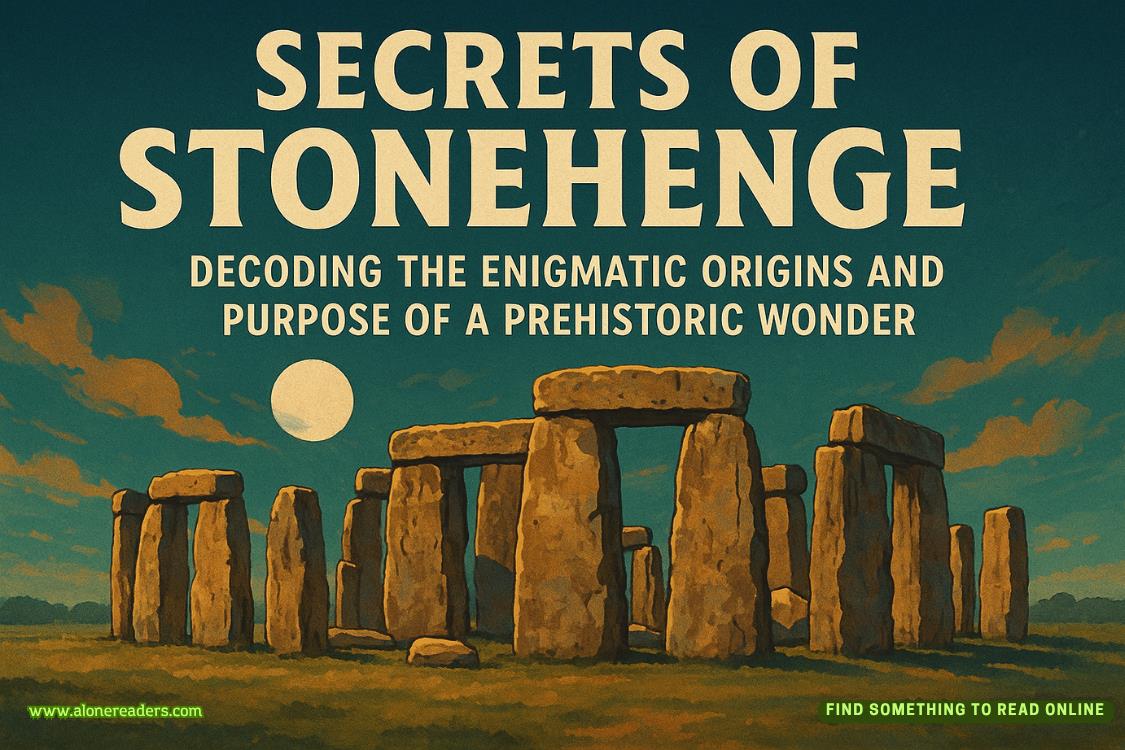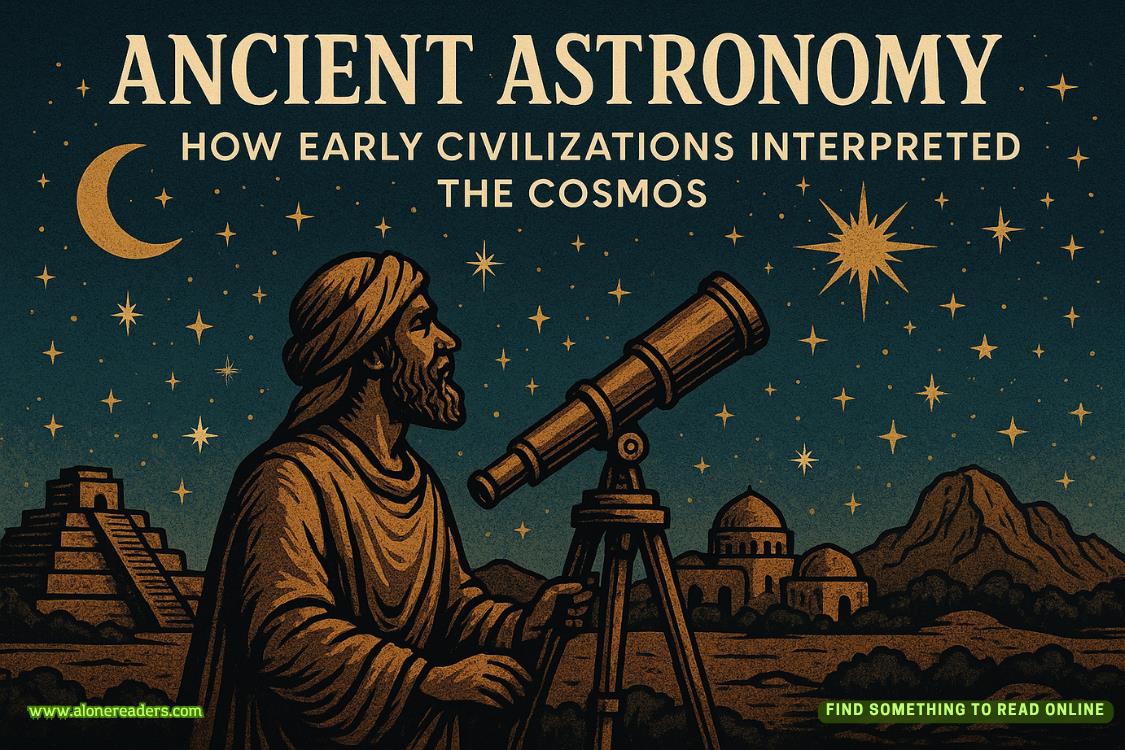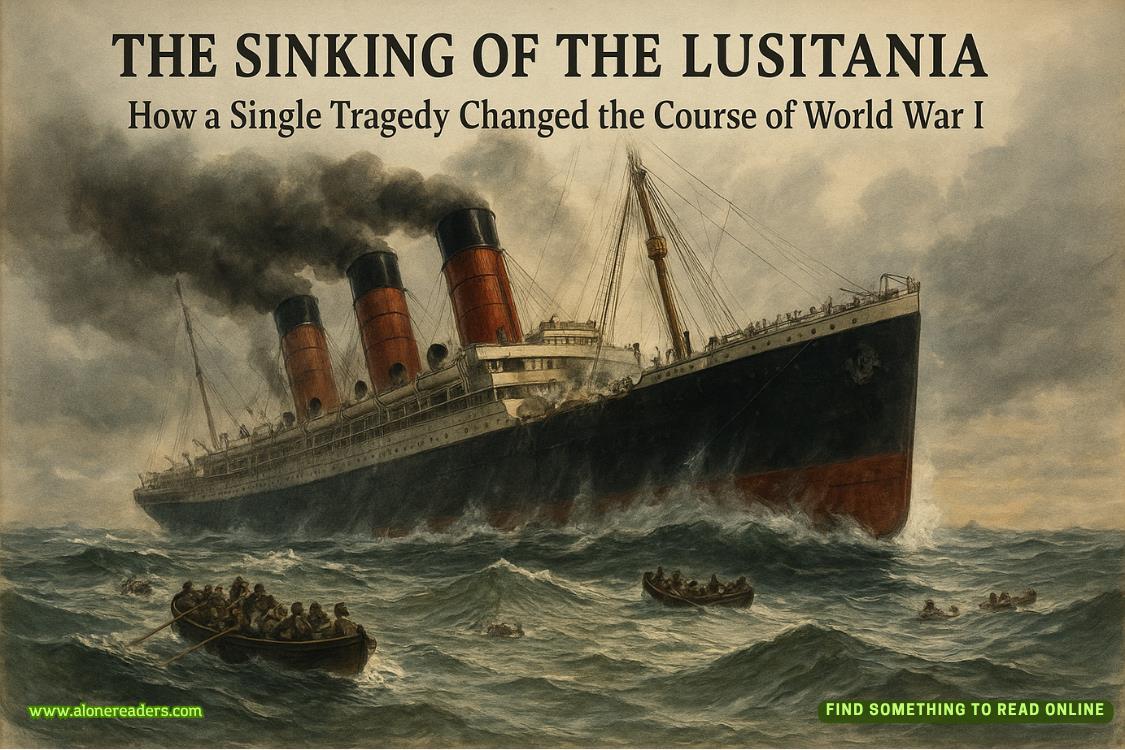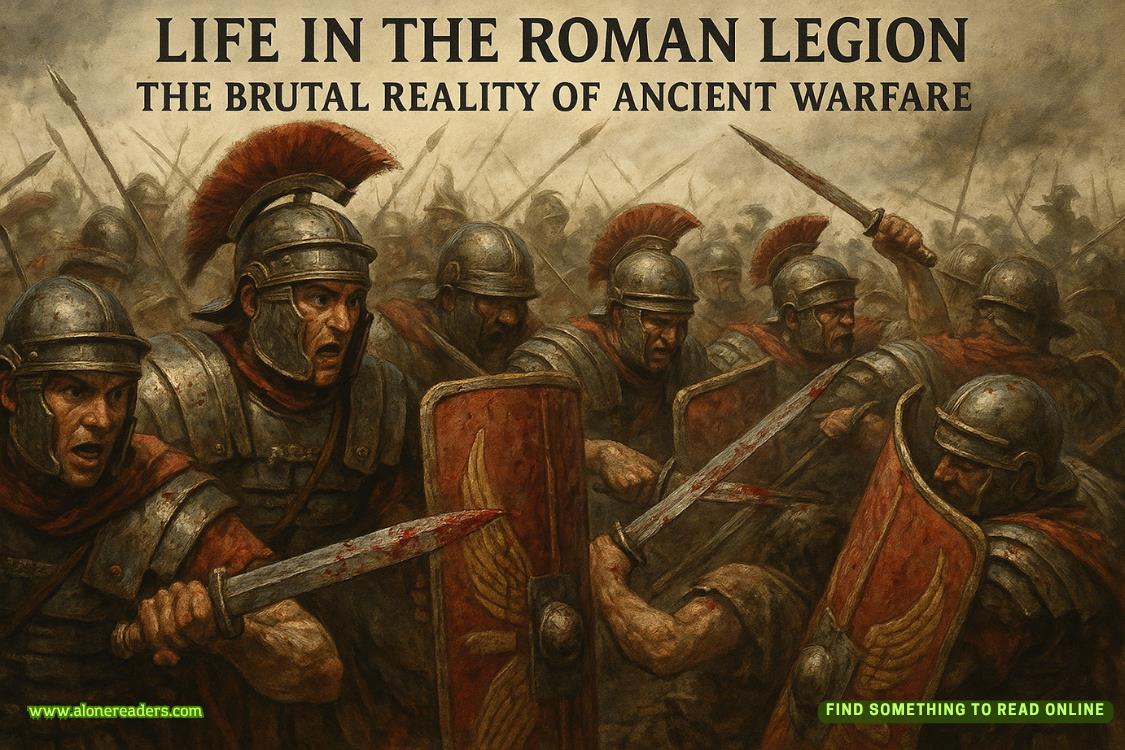“Sleep now,” the King said.
“We have the rest of our days…”
Chapter Seven
“The only difference between the saint and the sinner is that every saint has a past, and every sinner has a future.”
—Oscar Wilde
Three weeks ago. South Kensington, London.
“…these Pre-Raphaelite paintings of King Arthur and characters from the Arthurian Legends were inspired predominantly by the work of Geoffrey of Monmouth, theHistoria Regum Britanniae. Later writers, such as the twelfth-century French writer, Chretien de Troyes, added the tragic romantic figure of Sir Lancelot and the quest for the Holy Grail. And of course, Sir Thomas Malory’sLe Morte d'Arthur, William Wordsworth’s ‘The Egyptian Maid,’ and Alfred Lord Tennyson’s famed Arthurian poem, ‘The Lady of Shalott,’ further immortalized King Arthur and his Round Table in this fictional yet eminently possible history…”
Arthur listened to the knowledgeable tour guide with half an ear, while Annie, Merlin, Rui and Wolfe seemed completely immersed in her descriptions. Lancelot, as usual, seemed unaffected on way or the other, as mysterious as ever.
It amazed him that people made studies of a past that never was, and spoke of such things as if they werefact. As if these faceless strangers knew anything about him, or even a shadow of a ghost of him.
They knewnothing.
Instead of paying attention, Arthur was overwhelmed by the rich, lush, painfully beautiful imagery around him, surrounding him on all sides, larger than life. Instead of giving him pleasure, as they seemed to give the other viewers, they only oppressed him, suffocated him. He felt boxed in and struggled to breathe.
The painting immediately before him was done by an artist named John William Waterhouse, calledThe Lady of Shalott. Robed all in white with long, flowing red hair and a pale, wan face, she looked desperately tragic sitting alone in an ornate boat. The lady was not particularly beautiful or memorable, but the madness in her down-cast eyes was familiar.
Arthur had seen many a woman wear such a look, pining after the unattainable Sir Lancelot. That much was true.
Perhaps if he looked in the mirror, he might see the same.
“…the figure of Lancelot is agreed upon by scholars to be entirely fictional,” the tour guide said, coming around the stand before the painting.
“Perhaps he was created from the combination of all of the most honorable, knightly virtues. He was noble, brave, stoic, yet kind. Glorious in appearance, and a model for his sex, a most manly of men. He was much coveted by all who laid eyes on him, including the Lady of Shalott, as you see here. A mere glance of him from a distance, and she falls under his spell. His curse.”
No truer words, Arthur thought darkly.
“And same for this painting,” the guide moved on.
“TheLily Maid of Astolatby Sophie Gingembre Anderson in 1870. The lady dies of unrequited love for Sir Lancelot, and her father complies with her wish to float her body down theriver toward Camelot, so that she might be near him even in death. There are many more famous women immortalized through writing and art that fell under Lancelot’s spell, however unintentional it was on his part. The Lily Maid is Elaine, daughter of King Pelles, who tricked Lancelot into sleeping with her by making her appear to be Guinevere with a magic potion. When Lancelot realized the truth, he left her, and broke her heart. But from this union, they conceived his son Galahad, who is an even better knight than him, with none of his flaws…”
“Horse shite.”
Arthur only heard the lowly-uttered epithet because of Lancelot’s proximity to him.
The man was always within reach, yet conveniently never underfoot. He gave Arthur plenty of space, but he also always made sure no one else was closer to Arthur than he was. In a crowded environment, he would plaster himself to Arthur’s back if needs must, in order to be the human shield that Arthur had come to resent.
Lancelot had saved his life one too many times. Arthur wondered on many occasions whether he would have been better off dead.
What was the point of life if everything you wished for was unattainable? If there was only ever pain, never pleasure to sweeten the sting?
Perhaps it was the unique link they shared, but Arthur well understood Lancelot’s sentiment just now. The knight had always ignored the attention and adulation he received simply by being him. He truly thought nothing of his looks and the dashing figure he cut. He thought nothing of his bravery and heroic deeds.
He made it a point never to converse with the women who sought his attention, however persistent they were. He didn’tever meet their eyes. He was polite and courtly, but cool as ice. It only made them want him more. He could never understand it.
Arthur could.
There was a bottomless well of mystery to Lancelot that drew people in. He was so flawless in everything he did, it challenged belief. Except for one epic failure according to everyone who didn’t know the truth—
Coveting another man’s wife.
“…and here we have the beautiful Guinevere, by William Morris, 1858. It is actually titled, ‘La Belle Iseult’ and is inspired by the ancient tale of Tristram and Isolde, where another knight betrayed his King with the King’s own wife,” the guide related to a group of rapt tourists.















